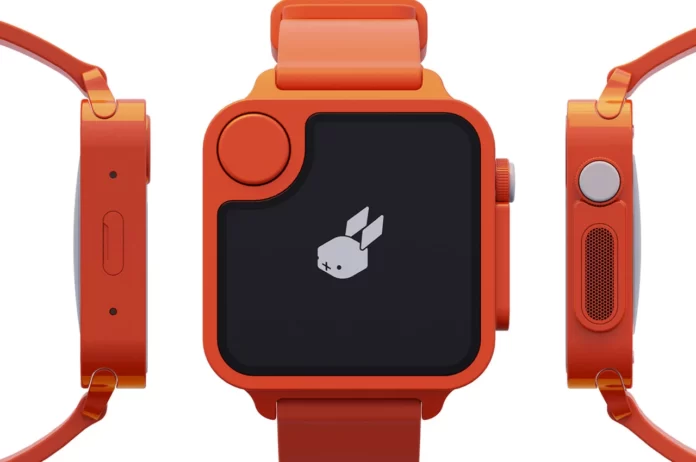The majority of us believe that there is no turning back from the unending convenience of next-generation phones that keep coming out every other week since smartphone technology has advanced significantly. Given the popularity of a small, portable Rabbit among CES goers this year, this idea might be about to alter.
Rabbit, in collaboration with Teenage Engineering, developed the AI-assisted walkie-talkie substitute known as the R1.
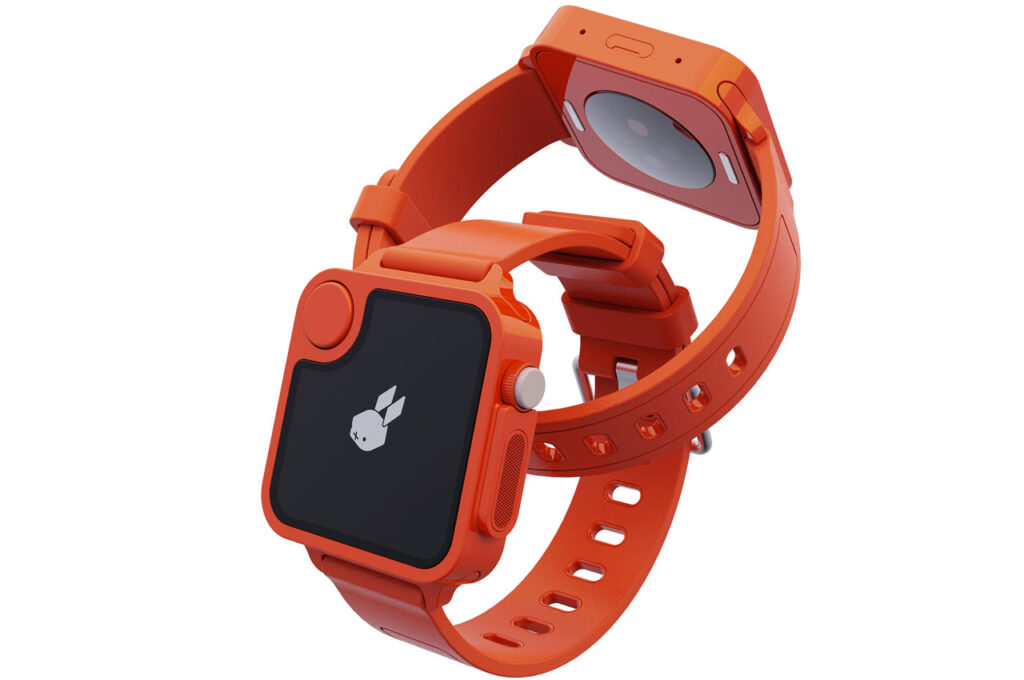
Half the size of an iPhone 15, this retro-styled personal assistant has a screen, a camera, and a scroll wheel. It offers a less complicated and distracting way to use technology.
The R1’s nostalgic simplicity has amazed 10,000 consumers and a designer, leaving its true workings a mystery.The Rabbit is now a small AI watch thanks to the designer’s addition of wearable convenience.
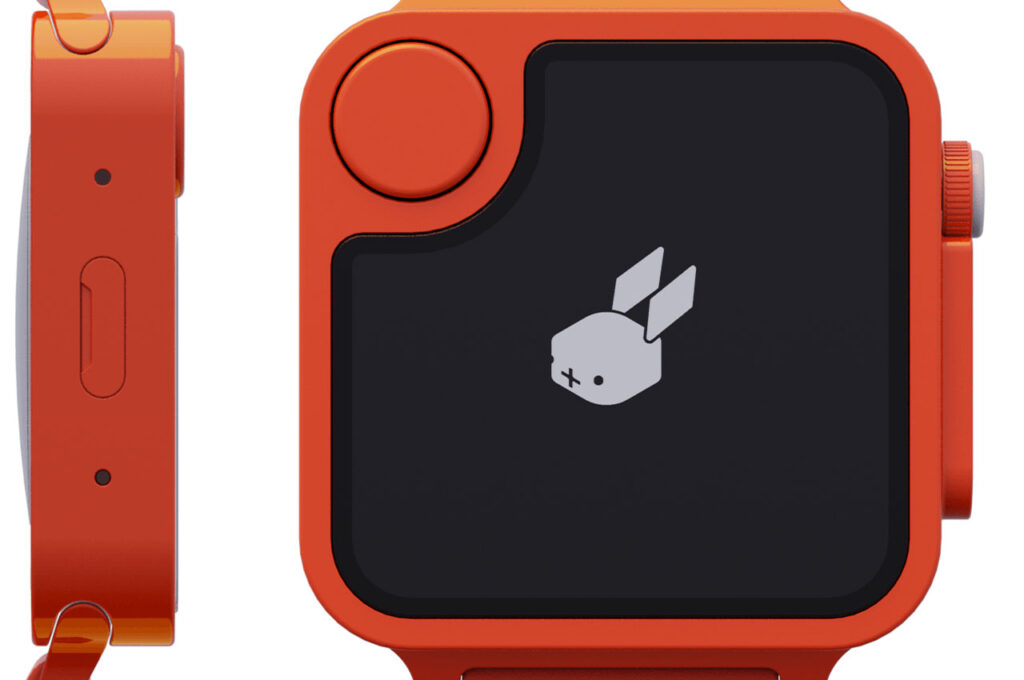
The primary reason for transforming the personal voice assistant into a wearable is to do away with the necessity of carrying an additional device in one’s pocket, regardless of its size. The aptly titled Rabbit R1 AI Watch will improve portability without sacrificing the original design’s distinctiveness.
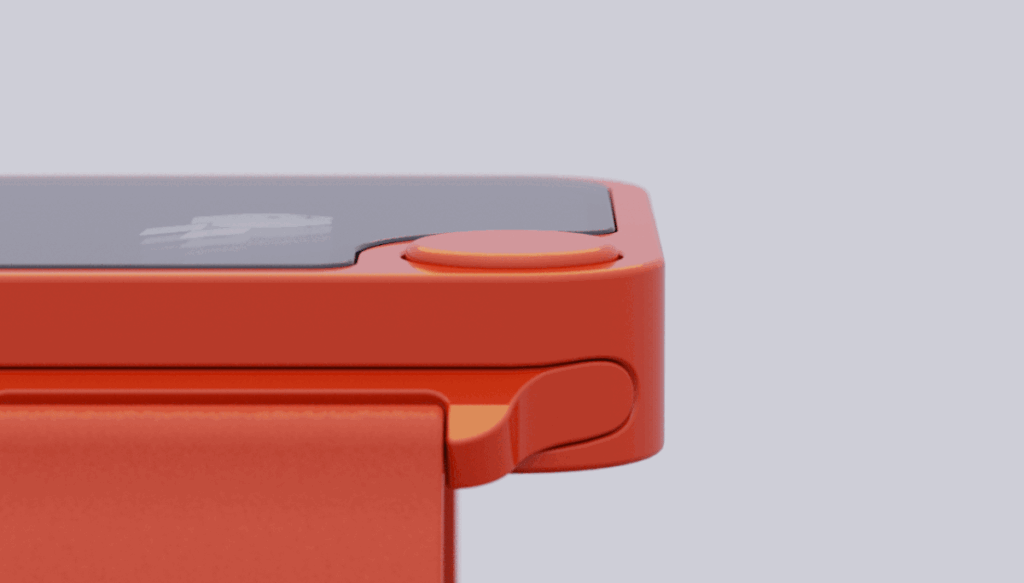
In light of this, the designer decided to stick with the bold orange colour scheme to maintain the retro feel. With features including a camera, control wheel, speakers, microphones, and the innovative push-to-speak button, the wrist-worn voice assistant has the same square dial.
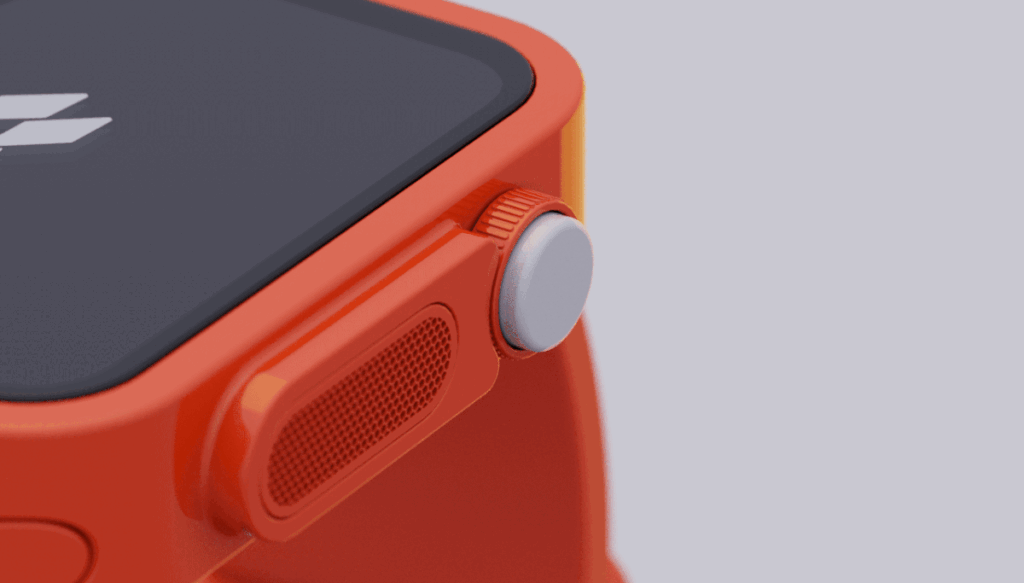
The main selling point of the Rabbit R1 is its redesigned wearable, which keeps the sim card slot intact and lets the watch work without a smartphone. The concept of the watch adheres to the philosophy of the app-less handheld AI assistant, which transports us back to a time when using a phone was easy.

The Rabbit OS powers it, enabling it to use the exclusive Large Action Model (LAM) AI for ordering Uber or checking out groceries. Because LAM is flexible, it can interact and learn new activities and applications that you want it to.
We assume that when the AI Watch is released, it will have around the same specifications as the Rabbit R1, which served as inspiration. These specifications include 4 gigabytes of RAM, 128GB of storage, and a 2.3GHz MediaTek processor.


